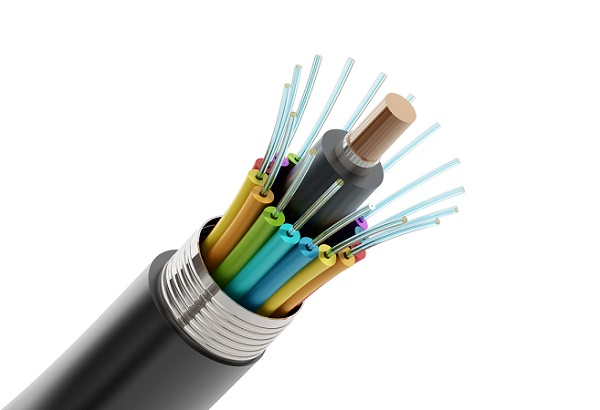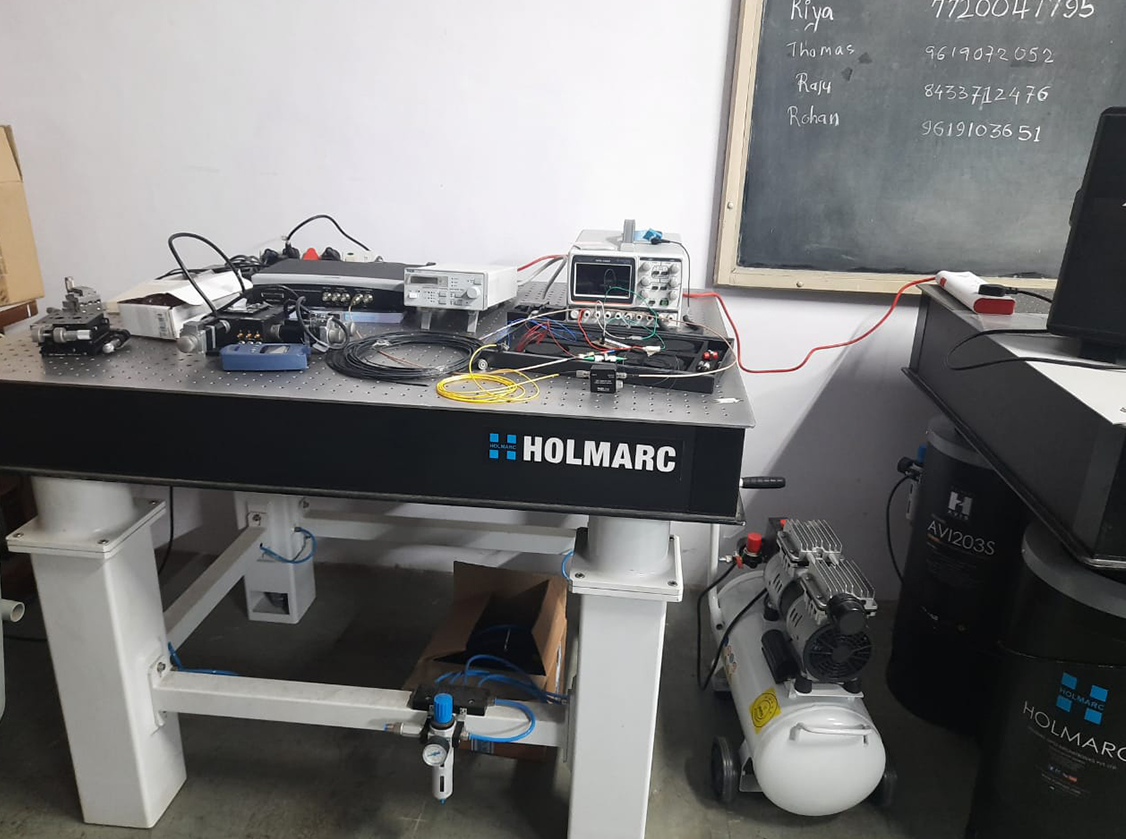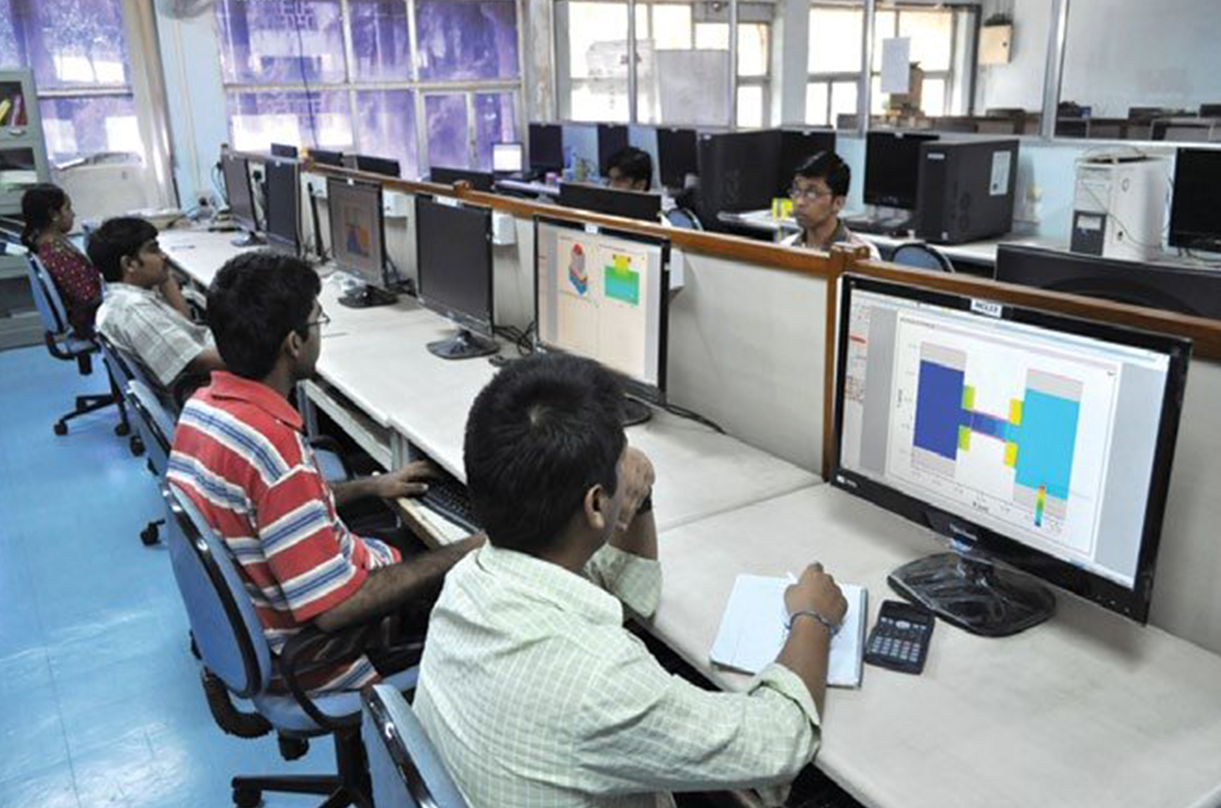Labs Overview
25 May 2021 | Param Rathour, Pratyush Ragini
Fibre Optics Communication Lab

The need for higher bandwidth and low-cost techniques for communication is pushing research in the electro-optic domain. The use of optical fibers is increasing for their high-performance data networking. Using light pulses for information transmission, they work on the principle of total internal reflection thereby considerably reducing attenuation.
The Fiber Optics Communication (FOC) Laboratory in the EE Dept. is involved in research on optical communication, networking and sensor applications. Optical fiber is primarily of two types - singlemode (for long-distance communication) and multimode (for short-distance communication).
There’s a third type called few-mode which isn’t yet used in our lab. The research scholars in the lab are currently experimenting on multimode fiber. ArbStudio Arbitrary Waveform Generator is used to import the data that needs to be transmitted and a photodetector is present at the receiving end. These received signals are further processed by exporting files through the oscilloscope.

For this experimental setup to work seamlessly vibration-free tables are a necessity. The equipment for the lab is purchased as per the needs of the students. The projects are now focusing on hardware experiments and not just simulation work. Students interested in the area and with a background in Digital Communication, Optical Fibre Communication, Digital Signal Processing can explore projects in this lab.
Find this lab on the Second Floor, Main Building, Department of Electrical Engineering.
Associated Faculty Members :
Prof.Kumar Appaiah
Prof. Joseph John
Nanoelectronics Computation Laboratory

Nanoelectronics is the use of nanotechnology in electronic components using tiny devices and materials. At this nanoscale, the need arises for investigating inter-atomic interactions and quantum mechanical properties. Computational approaches aid the understanding of the behaviour and further develop these devices.
The Nanoelectronics Computation Laboratory’s prime focus is to research various devices, technologies, and problems, including multi-gate MOSFETs, tunnel-FETs, power semiconductor devices, and statistical process variations, compact model development, development of algorithms for compact model parameter extraction, different materials for curvature devices. Lab is situated at room no. 205 in the second floor of the Annexe Building of the Department of Electrical Engineering, with capacity of 30-35 students and air-conditioned space seating space. Server room is accessible remotely.

Experiments nowadays focus more on the reliability of devices under pressure. PVT (Process Voltage Temperature) characterisation identifies process corners. Process corners are extreme values of the parameters for which the circuit functions correct, like max temperature that the device can sustain. Fast and slow corners exhibit carrier mobilities that are higher and lower than normal, respectively. Technology Computer Aided Design (TCAD) Tools, namely Sentaurus and Silvaco are used for Device characterisation. Integrated Circuit Characterization and Analysis Program (ICCAP) is also available on demand. Institute-wide licenses requiring hardware can use servers available here too. After simulation, specifications are sent to Fabrication Lab for manufacturing the device.
To explore projects in this lab, students need to cover courses in Solid State Devices (EE733) and Microelectronics Simulation Lab (EE735).